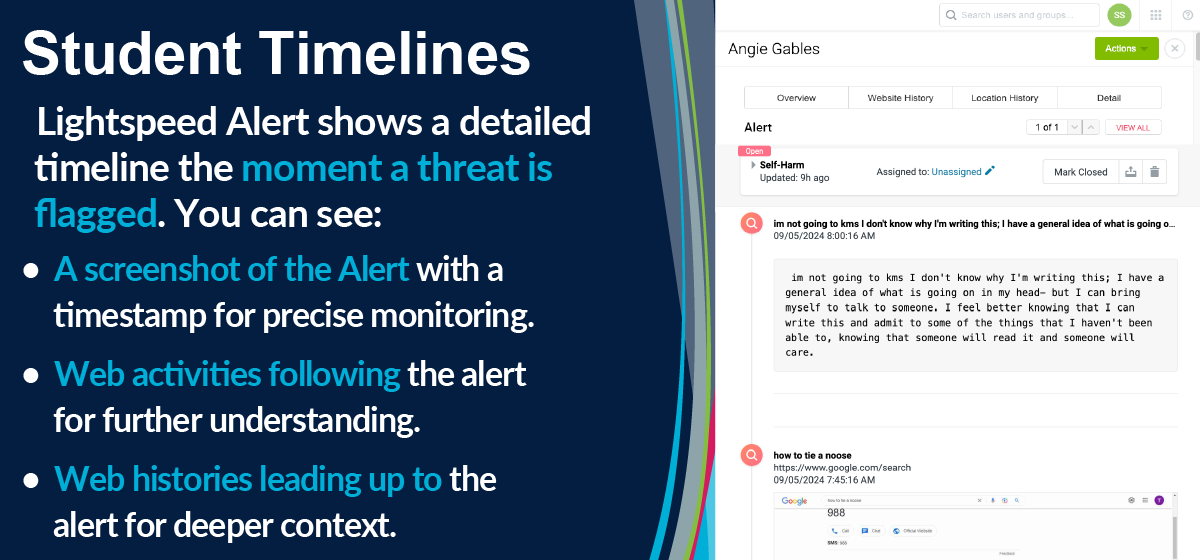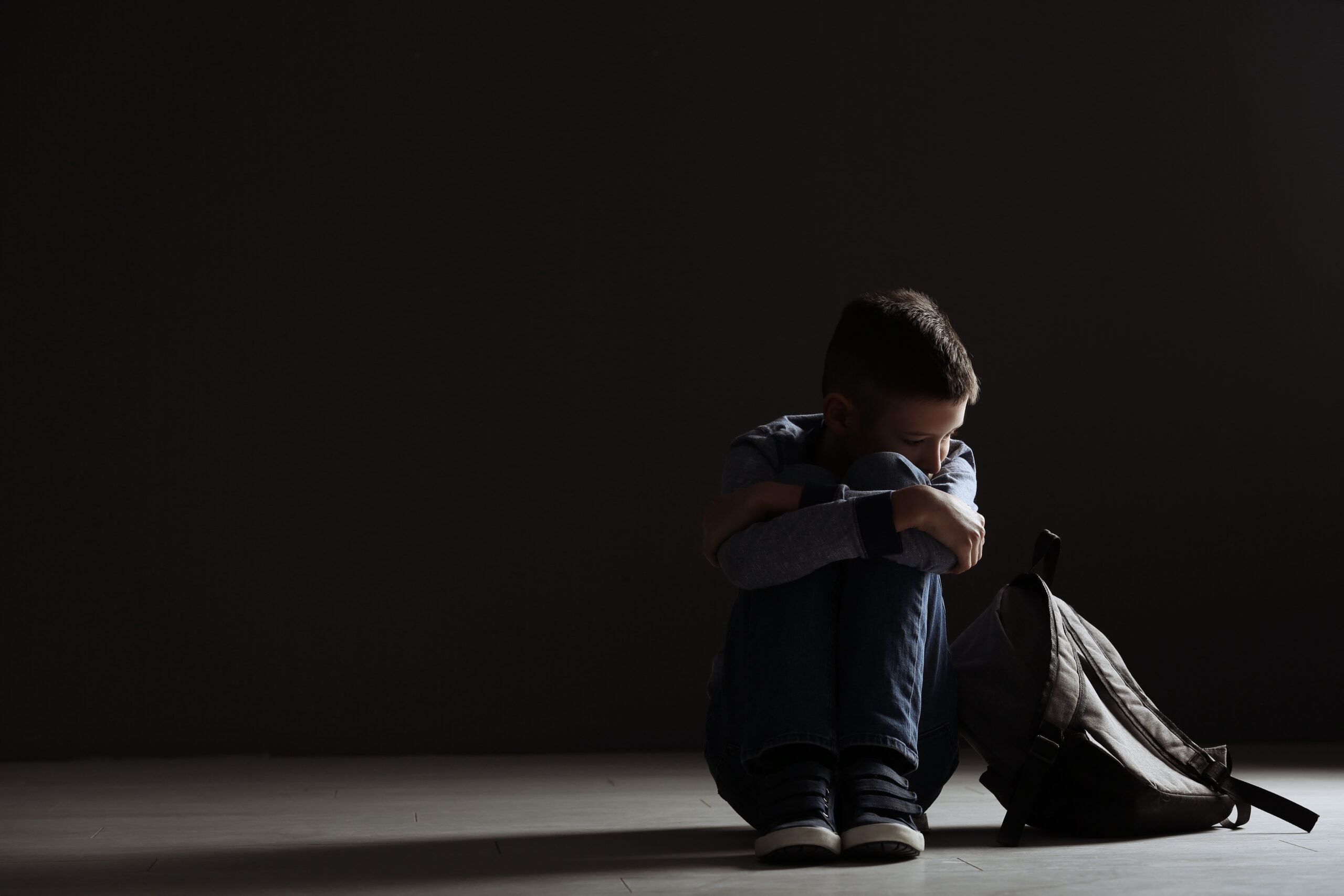It’s National Suicide Prevention Week—a time to destigmatize mental health issues and prioritize mental health awareness and outreach. So, let’s be brutally honest and look at some statistics:
Alarming Statistics
22% of high schoolers have seriously considered suicide in the last year—and 10% have attempted it. To put that in perspective, that means in a district with 2,000 high school students, 440 of them have considered suicide and 200 of them have attempted suicide.
Beyond suicide attempts, this depression leads to poor school attendance rates, a lack of ability to focus on learning, and, in severe cases of suicide ideation, school violence. These numbers are alarming, and the situation is dire.
The good news is we can do something about it.
Kids are crying for help.
Four out of five individuals considering suicide give some sign of their intentions. For young people, for whom so much of their lives happens online, this can be seen in:
- References to sadness and lack of hope, rampant in online journals
- Suicide notes, drafted in Google Docs
- Final goodbyes said in online chats
- Research on suicide methods through Google search
San Marcos USD focused on mental health and wellness after seeing signs of concern following the COVID-19 pandemic. They’re identifying students in crisis with Lightspeed Alert and its digital activity monitoring and human review service. “I can tell you beyond a shadow of a doubt that we have saved students,” stated Christi Frias, Student Services Director. “We have sent out law enforcement, based on calls from Lightspeed Safety Specialists, and they have placed students on 5150 holds—either because they were planning to take their lives or harm someone else. This has happened more times than I can count.”
The statistics above proved real at Hays CISD, a Texas district of about 22,000 students. Within weeks of implementing Lightspeed Alert, Hays CISD was able to identify and support two students at risk of suicide and prevent three instances of violence. During the first nine months, Lightspeed Alert identified 332 high risks and 16 imminent threats to student safety. “We were shocked by the number of real threats to our students we were alerted on,” states Kris Peterson, Director of Administrator Support.
The kids are crying for help. Will we listen?
Monitoring students’ digital activity (on district devices and platforms, for schools; on personal devices, for parents) can help us intervene before tragedy. They’re literally writing, typing, and shouting that they need help. Regardless of where that is happening, we need to listen. If we don’t, we miss things like this, and a teenager is lost, a family destroyed, and a school community broken.
“I’m hurting while writing this knowing that I’m going through with it. I hate the thought of leaving. This pain is never ending. It follows me around like a shadow. I’m hopeless right now. Nobody can help me. I feel so isolated and cold. I asked for help but never received it. I just want to stop this feeling. I’m going to end my suffering. Knowing I’ll be dead after this hurts. I’m really sleepy right now. I took a lot of pills. I’m losing focus of everything. This is my last text before I go.” (Written in Google Docs, escalated by Lightspeed Alert, and redacted to maintain confidentiality.)
Kids are crying for help. We’ve told them it’s okay to express how they’re feeling and that it’s okay to talk about mental health. They’re doing it.
Now we need to listen.


